List Of Poisonous Plants For Cats
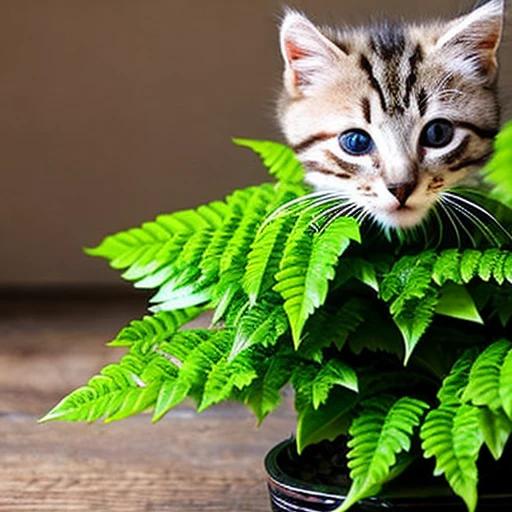
In our quest to create beautiful indoor and outdoor spaces, we often fill our surroundings with a variety of plants, not realizing that many of these can be dangerous to our cats. In fact, the ASPCA Animal Poison Control Center reported that approximately 10% of all calls they received in 2021 were related to pets consuming toxic plants. This alarming statistic ranked plants as the fifth most common toxin affecting our furry friends. The harm caused by these plants can vary significantly, with symptoms ranging from mild irritation to severe organ damage and, in extreme cases, death. Therefore, identifying and eliminating these potential threats from our homes and gardens is a crucial step in ensuring the wellbeing of our cats.
Recognizing and Responding to Threats
Recognizing potentially harmful plants is the first line of defense in protecting your cat from toxic threats. For example, the lily is a plant that's especially dangerous to cats - even a tiny bit can cause acute kidney failure, a condition that can be fatal if left untreated. Similarly, it's essential to know how to react in the unfortunate event of your cat ingesting a toxic plant. The immediate removal of any residual plant material from your cat’s mouth and contacting a pet poison helpline or your veterinarian are crucial steps to safeguarding their health.
A Comprehensive List of Hazardous Plants
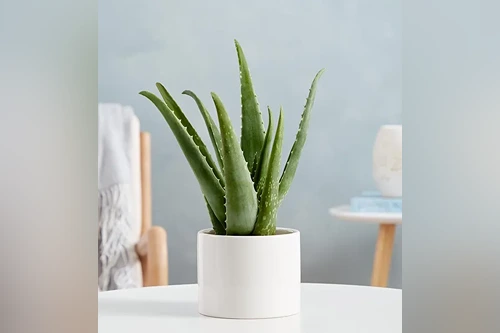
Aloe Vera
Although beneficial for humans, ingestion in cats can lead to vomiting, diarrhea, anorexia, tremors, and change in urine color.
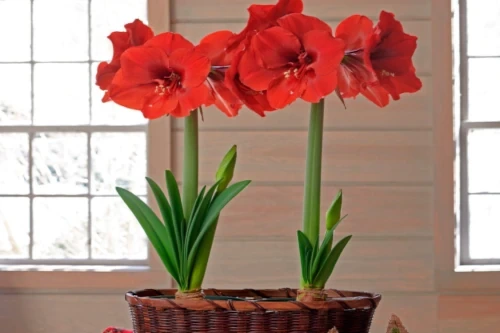
Amaryllis
These plants can cause salivation, vomiting, decreased appetite, abdominal pain, lethargy, and tremors in cats.
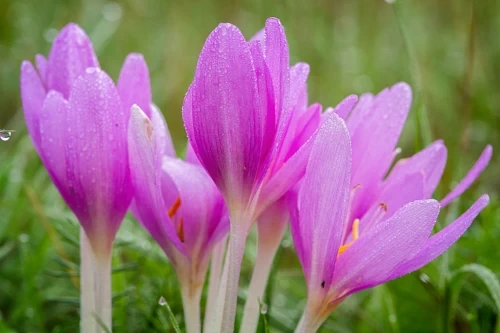
Autumn Crocus
Highly toxic to cats, causing severe vomiting, gastrointestinal bleeding, liver and kidney damage, and respiratory failure.
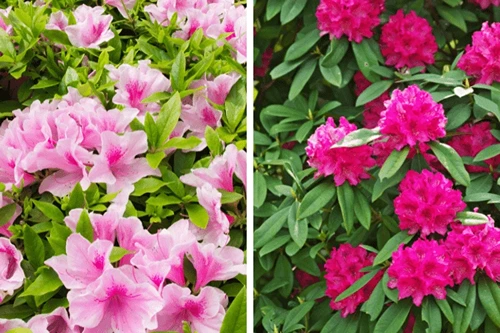
Azaleas and Rhododendrons
Contain toxins that cause vomiting, diarrhea, hypersalivation, weakness, and depression of the central nervous system. Severe poisoning can lead to coma and even death.
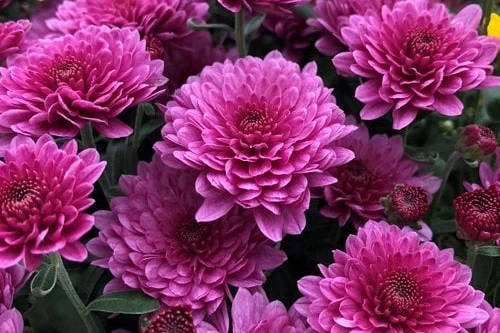
Chrysanthemum
Ingesting this plant can result in vomiting, diarrhea, hypersalivation, incoordination, and dermatitis.
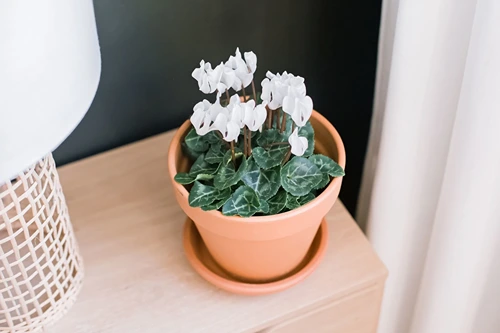
Cyclamen
The root of this plant is particularly dangerous, causing intense vomiting and potentially leading to death.
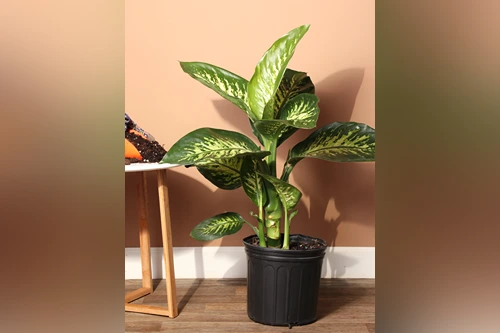
Dieffenbachia
Can cause oral irritation, intense burning and irritation of the mouth, tongue, and lips, excessive drooling, vomiting, and difficulty swallowing.
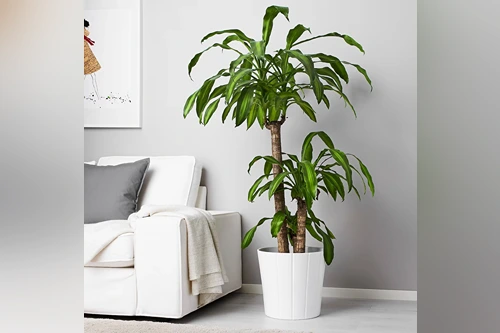
Dracaena
Causes vomiting (occasionally with blood), depression, anorexia, hypersalivation, and dilated pupils (cats).
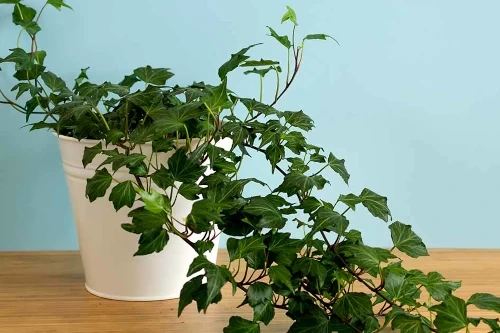
English Ivy
Ingesting this plant can result in vomiting, abdominal pain, hypersalivation, and diarrhea.
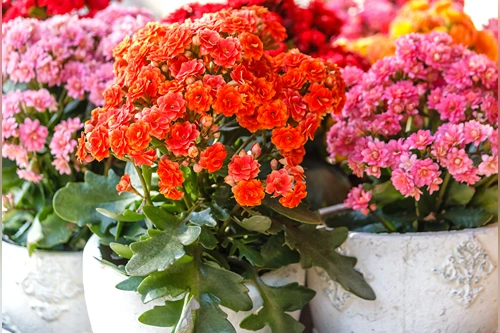
Kalanchoe
Also known as "Mother-in-Law plant," ingestion can cause vomiting, diarrhea, and heart arrhythmias.
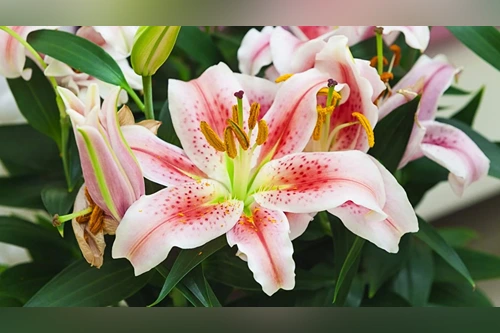
Lilies
Extremely toxic to cats, even small ingestions can result in severe acute kidney failure.
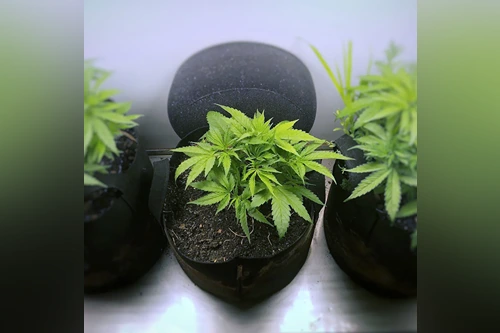
Marijuana
Ingestion can cause prolonged depression, vomiting, incoordination, sleepiness or excitation, hypersalivaton, dilated pupils, low blood pressure, low body temperature, seizure, coma, and, in rare instances, death.
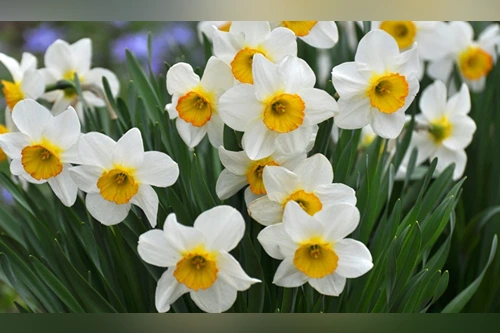
Narcissus
These plants contain lycorine, an alkaloid that triggers vomiting. Consuming the bulb can cause severe abdominal pain, cardiac arrhythmias, and respiratory depression.
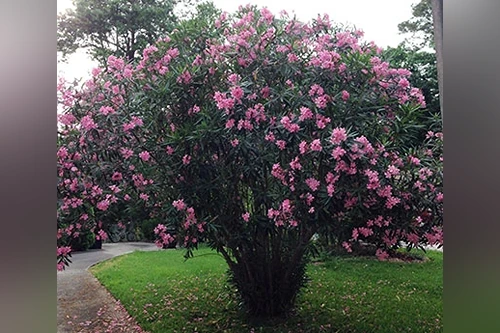
Oleander
This plant can cause gastrointestinal tract irritation, abnormal heart function, hypothermia, and even death.
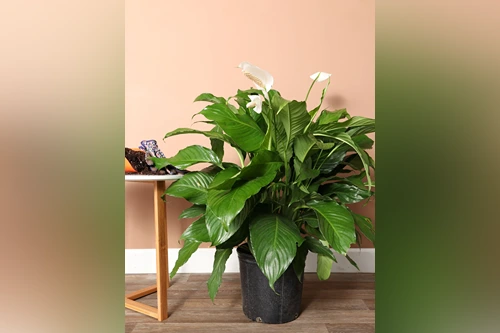
Peace Lily (Spathiphyllum)
Can cause oral irritation, excessive drooling, vomiting, difficulty in swallowing, and intense burning and irritation of the mouth, lips, and tongue in cats.
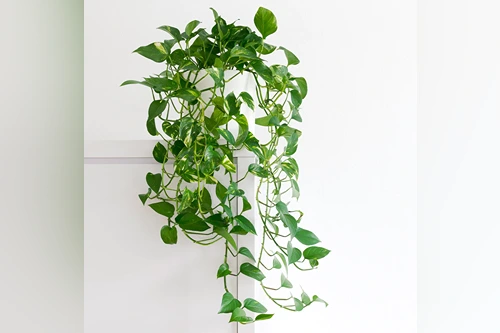
Pothos (Devil's Ivy)
This common houseplant can cause oral irritation, intense burning and irritation of the mouth, tongue, and lips, excessive drooling, vomiting, and difficulty swallowing.
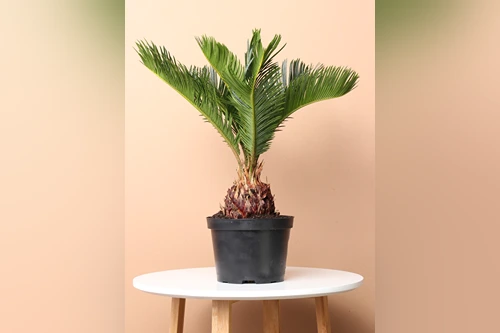
Sago Palm
Very toxic to cats, ingestion can lead to vomiting, melena (bloody stools), jaundice, increased thirst, bruising, coagulopathy, liver damage, liver failure, and death.
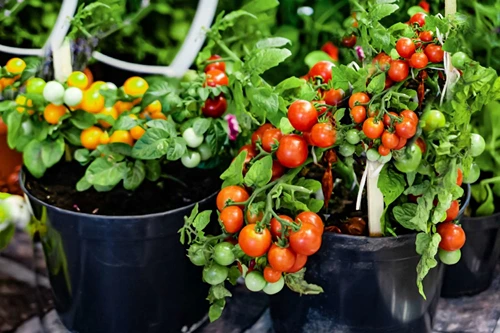
Tomato Plant
The green parts of the plant contain solanine, which can cause hypersalivation, inappetence, severe gastrointestinal upset, drowsiness, CNS depression, confusion, behavioral change, weakness, dilated pupils, and slow heart rate.
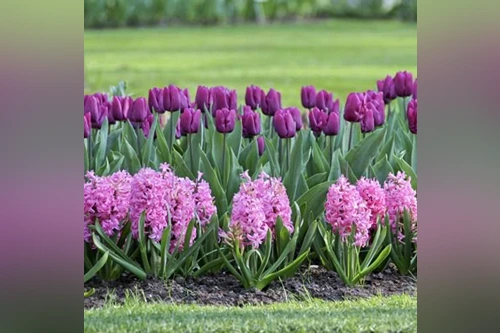
Tulip and Hyacinth
The bulb of these plants is most toxic, causing intense gastrointestinal irritation, drooling, loss of appetite, depression of the central nervous system, convulsions, and cardiac abnormalities.
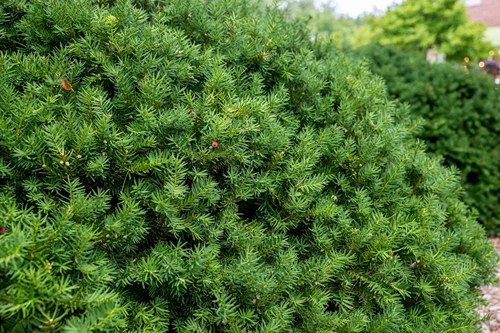
Yew
All parts of this plant are toxic to cats, and consumption can result in sudden death due to heart failure.
This is by no means an exhaustive list, but it serves to illustrate the wide variety of plants that could pose a serious threat to your cat's health.
Recognizing Distress: Symptoms of Plant Poisoning in Cats
- Difficulty breathing
- Drooling or difficulty swallowing
- Vomiting
- Diarrhea
- Excessive drinking and urination
- Fast, slow, or irregular heartbeat and weakness
Immediate Care for Suspected Poisoning and Treatment Options
- Safely remove any plant material from your cat’s hair, skin, and mouth.
- Confine your cat in a safe environment for close monitoring.
- Contact the Pet Poison Helpline at 1-855-764-7661 or Animal Poison Control at 1-888-426-4435.
Managing a Cat's Recovery and Preventing Future Exposure
Depending on the type and amount of toxic plant consumed, your cat may require extended aftercare, which could involve administering medications or adhering to a special diet. It's essential to follow your veterinarian's instructions thoroughly and to reach out if you have any concerns or questions. Prevention is always the best course of action, so identify and remove any toxic plants from your home and garden, and supervise your cat when outdoors. Consider replacing dangerous plants with cat-safe ones such as catnip, spider plants, or wheatgrass.
Safer Alternatives
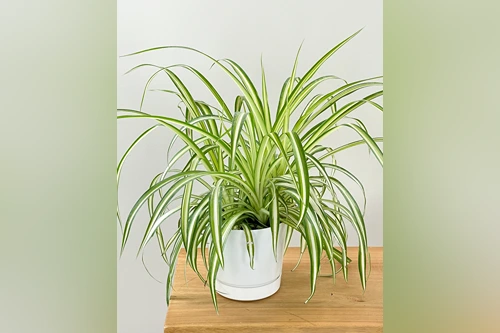
Spider Plant
Spider plants are non-toxic to cats and dogs. They are easy to care for, adapt well to a variety of conditions, and are excellent at purifying the air.
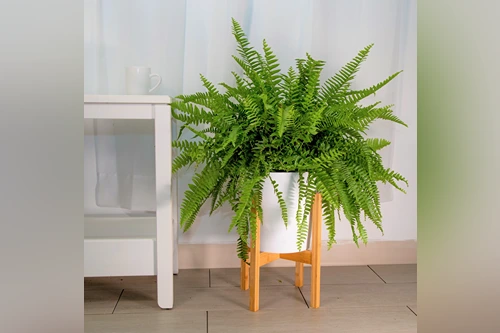
Boston Fern
Also known as the sword fern, the Boston fern is non-toxic to both cats and dogs. This plant prefers a cool environment with high humidity and indirect light.
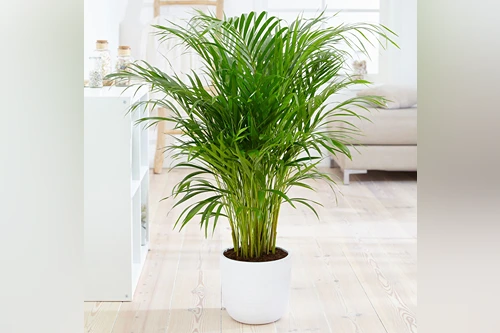
Areca Palm
Areca palms are safe for cats and dogs. They are excellent air purifiers and can add a touch of tropical beauty to your home.
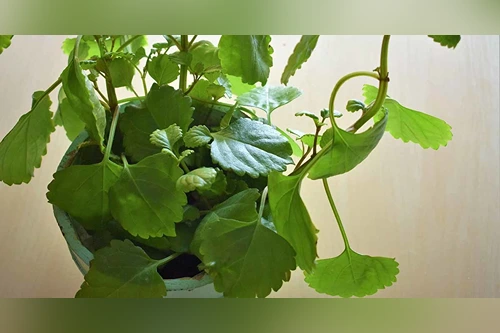
Swedish Ivy
Swedish Ivy is non-toxic to cats and dogs. This fast-growing plant can thrive in a variety of indoor conditions.
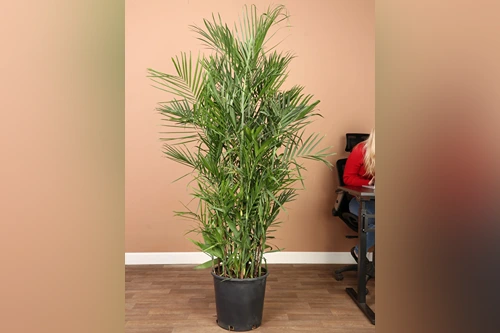
Bamboo Palm
Bamboo Palms are safe for cats and dogs. These plants can grow quite large and are excellent for air purification.
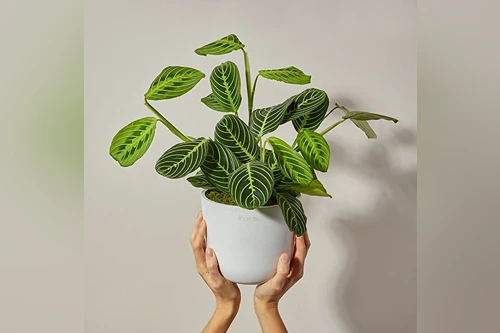
Prayer Plant
Prayer Plants are non-toxic to cats and dogs. Their leaves fold up at night as if in prayer, making them an interesting addition to your home.
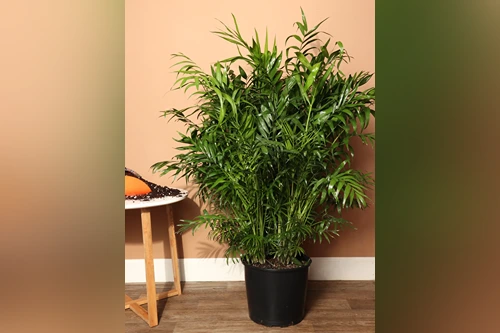
Parlor Palm
Parlor Palms are safe for cats and dogs. They are low-maintenance and can thrive in a variety of light conditions, making them ideal for indoor use.